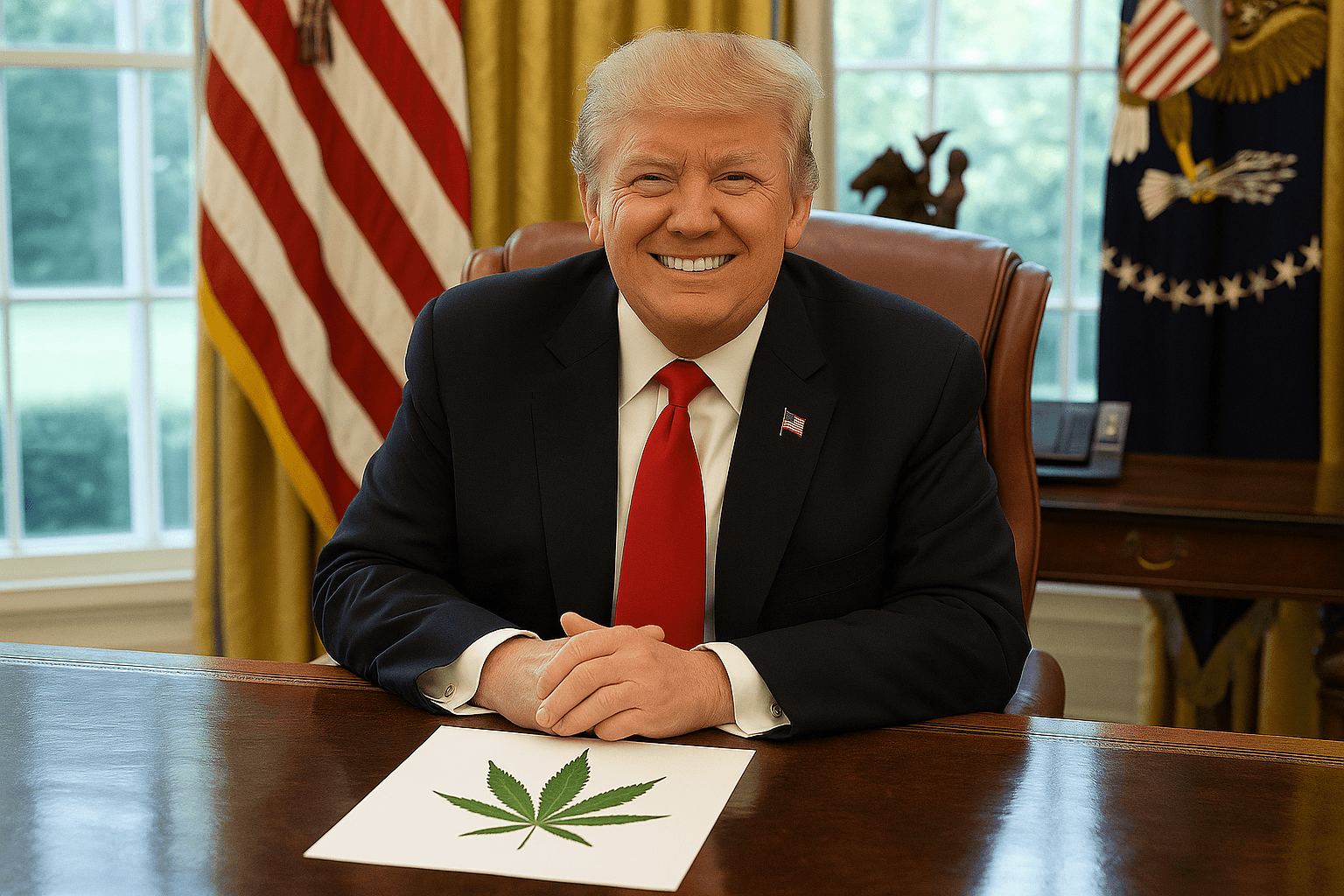Partisan Gridlock and the FEC: 50 Years of Increasing Paralysis

WASHINGTON, D.C. - Many voters may not be aware that on May 1 the Federal Election Commission (FEC) lost its ability to enforce federal campaign finance and election laws after Republican Allen Dickerson departed the agency, leaving it without the quorum it needs to perform its most important roles.
Dickerman, however, wasn’t the only one to leave or be removed from the agency this year. In January, fellow Republican Sean Cooksey resigned. Then, in February, President Donald Trump removed Ellen Weintraub, a Democrat, who served as FEC chair.
Weintraub contests the firing, calling it “illegal,” but she has not been a part of agency proceedings since. Dickerman then announced his resignation on April 30, stating that he wanted to serve out his term and step aside.
The FEC needs a minimum of 4 commissioners to conduct its most critical functions, including voting on the outcome of investigations, conducting audits, and punishing campaign finance law violators – even if commissioners can agree a law was broken.
Right now, there are only 3 commissioners. However, it must be noted that this isn’t the first time a failure to meet quorum has happened in recent history and even when the agency had enough commissioners, it was still considered paralyzed by partisan gridlock.
Watchdog groups have observed that in the agency’s 50-year history, it has become increasingly ineffective in performing its duties and an enforcement agency in name only as hyper-polarization has intensified in Washington.
Trump can nominate 3 members to replace the commissioners who left this year, but even when he does the FEC will still face a legitimacy crisis under its current structure.
Origins of the FEC and the Failure of Bipartisan Intentions
The FEC was created in 1975 as part of a series of post-Watergate reforms intended to restore public trust in the political process. It was structured to have 6 commissioners evenly split between the two major parties so that a single party could not dominate enforcement decisions.
For the first couple of decades, this structure worked generally well. Commissioners certainly had their disagreements, but they were able to come to consensus on a wide array of decisions and actions.
However, the agency’s commitment to impartiality was tested with the rise of partisan tensions in the 90s and early 2000s, especially as campaigns became more sophisticated in their tactics. And then Citizens United happened.
The 2010 Supreme Court decision in Citizens United v FEC left the door open for unlimited independent political expenditures by corporations and unions. And while this was not the only consequential decision on campaign finance, it was a watershed moment for the FEC.
The decision emboldened a deregulatory stance among Republican-appointed commissioners. They increasingly viewed enforcement efforts as threats to free speech, while Democratic commissioners took a stronger (though not always consistent) regulatory stance.
More and more the partisan divisions between the commissioners mattered and the FEC experienced a surge in 3-3 deadlocked votes.
According to a 2021 report by the Campaign Legal Center, the FEC deadlocked in about 40% of substantive enforcement votes between 2017 and 2020. These deadlocks often resulted in the dismissal of credible complaints, allowing potential violations to go uninvestigated.
“The FEC is broken. It has been broken for a long time. The agency is paralyzed by the ideological divide between commissioners,” Weintraub said while still serving as a commissioner.
Daniel Weiner, who directs the Elections and Government Program at the Brennan Center for Justice, went so far as to say that due to its failure to enforce campaign finance laws, the agency “has itself become a threat to democracy.”
High-Profile Cases and the Cost of Inaction
Several notable cases illustrate how gridlock has paralyzed the FEC:
- Donald Trump and the Stormy Daniels Hush Money Payments (2016): Despite Michael Cohen’s guilty plea implicating Trump in an unreported campaign contribution, the FEC deadlocked in 2021 and declined to pursue the case further. Republican commissioners blocked the investigation, while Democrats issued a scathing dissent.
- Hillary Clinton and the Steele Dossier (2016): The Clinton campaign and DNC misreported payments to the law firm Perkins Coie, which funded opposition research known as the Steele dossier. The FEC imposed modest fines but took no further action, prompting criticism from the right that the agency was going soft on Democrats.
- Barack Obama Campaign Violations (2008): The Obama campaign agreed to a $375,000 fine for failing to properly report excess contributions, but the FEC declined to pursue broader enforcement. Critics pointed to this as an example of regulatory leniency.
- Super PAC Coordination Allegations: Complaints involving possible coordination between candidates and Super PACs (e.g., Jeb Bush, Hillary Clinton, Scott Walker) were frequently dismissed due to partisan deadlocks.
The FEC’s Structural Issues Laid Bare
Increased partisan gridlock in the FEC has not only started to mirror Congress but has drawn attention to its structural flaws. This is not only because of the 3-3 partisan makeup that ensures that both sides can prevent action against their party, but the issue of quorum.
Commissioners often serve years beyond their official terms. For example, prior to her removal, Weintraub maintained her position on the FEC 18 years past the expiration of what was supposed to be a 6-year term.
This type of extended service is known as a “holdover stage.”
Presidents can nominate individuals to replace departing commissioners or commissioners in a holdover stage. However, this process has also suffered as a result of increased partisan gridlock in Washington.
Like many presidential appointments, FEC nominees require approval from the Senate – which has been evenly split between the Republican and Democratic Parties for many years as slight majority control swings back and forth between them.
The current lack of quorum in the FEC is not new. In fact, the agency lacked quorum for over a year between 2019 and 2020, rendering it incapable of enforcement. This reportedly stalled more than 300 cases at the time.
A Call for Reform
There have been widespread calls for reform to the FEC – calls that are increasingly growing as the situation with the agency only gets worse. For example, the Brennan Center for Justice proposed the following changes:
- Reducing the number of commissioners to an odd number (e.g., five) to avoid ties
- Appointing an independent enforcement director with investigatory powers
- Imposing term limits and requiring timely appointments
A lack of reform risks deepening public distrust not only in the FEC, but the elections process as a whole as voters watch record-shattering money flow into elections without oversight while suspected campaign finance violations go uninvestigated and unpunished.
 Shawn Griffiths
Shawn Griffiths









